WARNING! Long Entry Ahead
Having to shoot in an outdoor environment comes with the need for permits and notices. Thankfully, the scale of this production was rather small (mainly consisting of a tripod and a Sony MC50) and a manpower of only 1 (myself). From this assignment, I gathered that we actually don’t need a permit from the city of Melbourne, however we are still required to provide a proof of insurance from RMIT University, therefore there was a need to fill up a simple form that’s called “Low Impact Filming” and email it to the city of Melbourne, Strategic Planning and Logistic Team – Filming, and await their confirmation email. Some guidelines as to what is considered a “low impact filming” are also attached to that email as well as some house rules that should be observed during the time of filming along the streets.
I thought of the title “A Tongue to Speak” playing on the pun of the word ‘tongue’. It carries 2 meanings where a tongue is used to eat, speak or anything related to the oral form. The other meaning is a synonym for ‘language’ like a mother tongue where it is a native language or a first language usually used only at home with family members. And since my film is about the unofficial dialect we have back home in Singapore, “Singlish”, and I had my subject talking about the food back home, it is only appropriate to use the word ‘Tongue’ and the play on the pun.
It is never easy when you want to film, record, or even just to take photos of another person. There’s a need to arrange a suitable time where all parties are available for a couple of hours, as you can never be sure how long you might take to cover everything that is required to be filmed on that day. Therefore a rough schedule and time checks in between is handy to keep us on track and not drift away from our main point and not digress on external topics like what we had for lunch… Another problem faced was also arranging the right time and place to film my subject carrying out some daily routines that she would normally go through like cooking, cleaning, going through her assignments and more. Being a student at the University of Melbourne, her main priorities are assignments and catching up on readings, therefore to find the time to sit down for a small chat over a cup of coffee already seemed quite a far fetch. Eventually, I managed to grab the video camera, and tripod and rushed over to her apartment when she told me she’s going to cook her dinner. I was fortunate enough that I still had the Sony MC50 and tripod on loan, and managed to shoot that whole sequence on that.

The entire interview and as mentioned above, the cooking scene, were shot on the Sony MC50 with a tripod. It was a challenge finding the right position for my subject and because the sofa was located right next to a window, I was getting really really harsh lighting over my subject. As you can see from the picture above, the entire right side of the picture is blanked out from the bright light that was coming in. As a remedy, I hung a few pieces of white clothing across the window to soften the light casting over my subject. I didn’t want to shut the blinds completely, as it would have been too dark. So that’s a little learning opportunity of controlling light, although maybe not professionally, but it still does the job.

The above picture illustrates the window being right next to the sofa where my subject was sitting.
I struggled with how I wanted to frame my subject, having no background experience what-so-ever on how to film on a video camera and therefore it was a very fresh and new experience on handling the camera having to zoom, pan, with or without tripod, and so on. I was considering whether to have my subject dead center in the frame and have her speaking to the camera, or, have her on the side of the frame and pretend that she’s speaking to someone behind the camera slightly off center. I decided to go with the latter, as it just seemed more natural and it allows to show some side profile of my subject rather than having her face dead center, it may seem a little too two-dimensional. Another thing I’m glad I didn’t went on dead center was the fact that I had extra space on my subject’s left to insert texts and images, it’s almost like a useful spatial tool. And you could say it was serendipity that my subject’s highlights of her hair almost kind of matches the colour of the sofa, and I found that easy on the eyes.
During the editing process I had a rough idea of a shape I wanted my film to take. I didn’t see the need for a narration and also didn’t like the idea of having the interview question and answer segment to be part of the film. Hence, I had to slice up everything according to my subject’s answers and the topic that we were talking about, and eliminate my voice when I was asking the questions. Next was to arrange her answers in a way to create some sort of flow like she is telling a story my viewers for them to sink their teeth into. If I were to just have her answers in the order they were in the interview, in my opinion, would seem a little too jumbled and over the place. And since I removed my voice of asking the question, it was a bit of a challenge to convey the question to my viewer before they can understand my subject’s answer, but I managed to work my way around that. Therefore, I believe that the flow and the arrangement of my subject’s answers and her thoughts are critical to this film in order to keep my viewer’s attention.
One of the major challenges I faced while editing was that I had way too much content and I had to keep it under 3 minutes. I was really reluctant to cut out some parts of the sequence, but it had to be done in order to meet the project brief’s requirements. Like in my last project brief, I carelessly exceeded the time limit by 40% and the lecturer who marked my project brief 2 wasn’t too pleased with that. Therefore, for this project brief, I tried my best to trim my film to under 3 minutes in hopes of meeting all the requirements for this assignment.
I did a little colouring for the interview shots of the film. Just had a go with the colour wheels on Adobe Premiere Pro colouring tap. Below are the before and after shots.

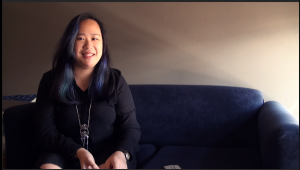
Before After
I attempted to soften the lighting and cool the whites as you can see that the light form the windows is still a little hard on my subject. Like my filming skills, I have no background on colouring as well, and would definitely love to go more in depth on the whole process like editing. Something I would put some time aside and go through the many tutorials being up on lynda.com.
Overall, as stated in my earlier posts, I think I am pleased with the end outcome of this assignment. And would like to have a much desired rest over the next couple of days before we start off again for the next Project Brief, which I heard is quite substantial as compared to the ones that have been done before. Looking forward to that with mixed feelings.
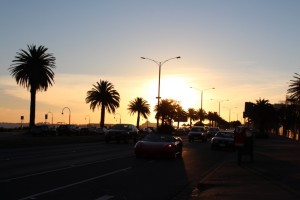





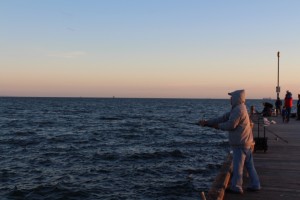



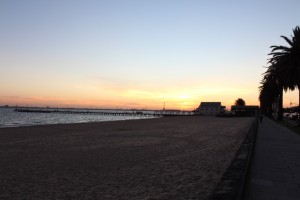

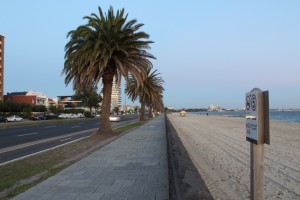
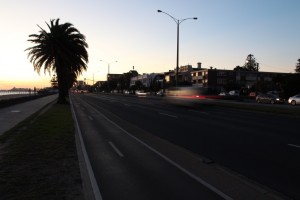
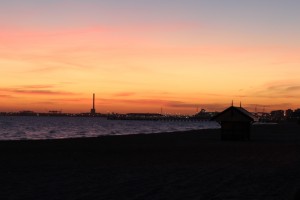





Recent Comments